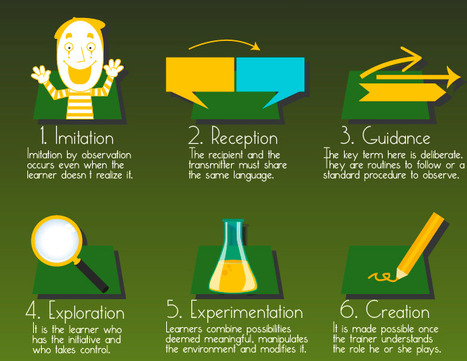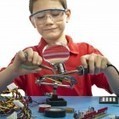A good eLearning course requires the right combination of learning events. But what are these exactly?
Research and publish the best content.
Get Started for FREE
Sign up with Facebook Sign up with X
I don't have a Facebook or a X account
Already have an account: Login
Tech tools that assist all students to be independent learners & teachers to become better teachers
Curated by
Beth Dichter
 Your new post is loading... Your new post is loading...
 Your new post is loading... Your new post is loading...
|

Ra's curator insight,
July 21, 2013 5:43 PM
Implications for fabric tech in relation to systems. Trial and error as the lead in. Provide basic skill set and try to evolve the understanding of the systems and processes required to achieve identified outcomes. |












Guide for virtual learning of network weavers.
eLearn or in the classroom, as we look for ways to engage with content, these events give us choices in the type of transfer we expect in a lesson. Valuable resource in my UbD journey.
The infographic is a good summary but the blog is even better as a description.